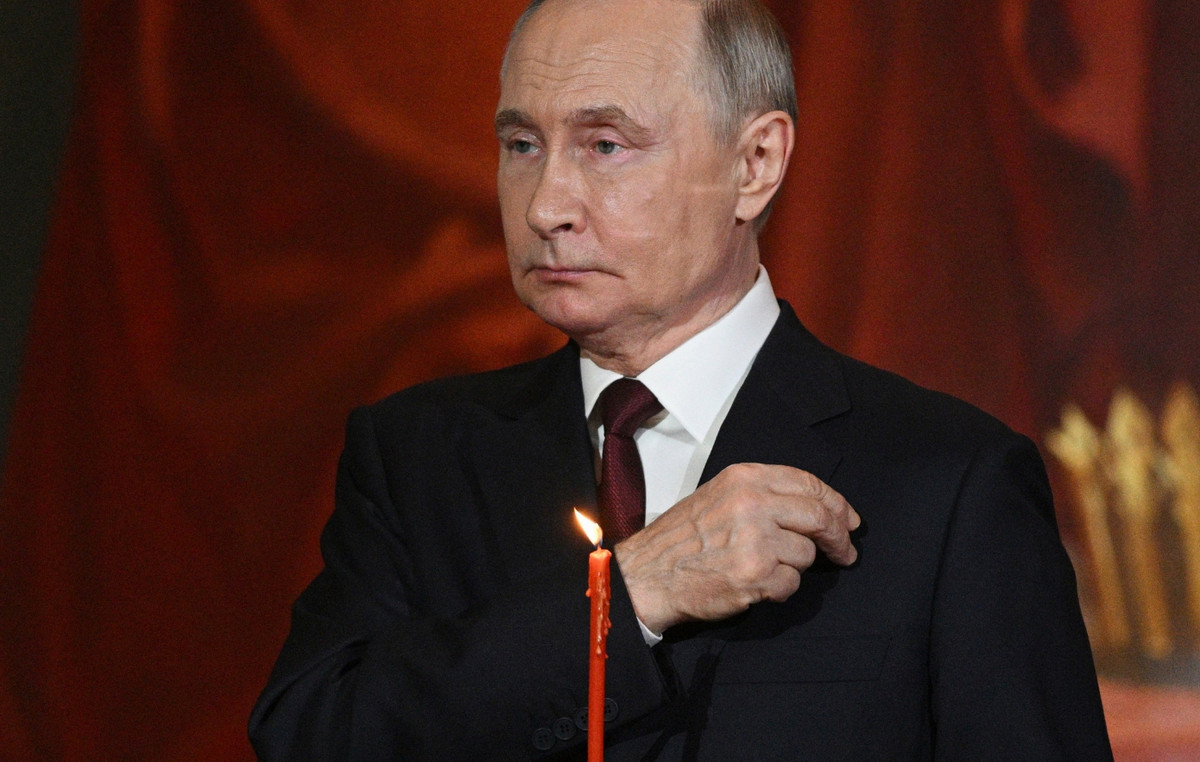THE China is trying to establish a “new normal” across the Strait of Taiwan eroding the island’s self-governing territorial control and increasing the threat of a real attack with each military exercise, say officials and analysts.
Beijing has stepped up military maneuvers on the 180-kilometer stretch of water separating Taiwan from mainland China — and the skies above it — after a visit by the Speaker of the House of Representatives. United States Nancy Pelosi, to the island earlier this month.
Analysts point out that this makes real the fears expressed by Pelosi and other US officials that Beijing could use the military response to the visit as an assumption to alter the “current state” of affairs in Taiwan.
Now, the presence of Chinese planes and ships near the island becomes more common and difficult to dispute.
“Beijing is trying to create a kind of new normal with the aim of trying to coerce Taiwan,” Colin Kahl, Under Secretary of Defense for US Policy, said Aug.
Statistics from the Taiwan Ministry of Defense show that China’s People’s Liberation Army (PLA) is well on its way to doing this.
“Destabilizing” Movements
Minutes after Pelosi’s landing in Taiwan on August 2, the PLA announced four days of military exercises in six zones around the island.
The maneuvers included launching ballistic missiles into waters around Taiwan, several Chinese warships sailing through the Strait and dozens of warplanes breaching the median line — the midway point between the mainland and Taiwan, which Beijing says it does not recognize but which he widely respected.
Since these exercises officially ended, PLA warplanes have continued to cross the midline daily, often in double-digit numbers, according to statistics from the Taiwan Ministry of Defense.
From August 8, the last of four days of exercises, to August 16, between 10 and 21 PLA aircraft crossed the threshold each day.
In July, a month before Pelosi’s trip, Chinese warplanes crossed the median line just once, with an unspecified number of jets, according to Taiwan’s Defense Ministry.
Chinese and foreign analysts say the Chinese army’s cross-strait missions are unlikely to end anytime soon, effectively making them a daily routine that some say could erode surveillance in Taiwan, as well as that of its supporters, including the US.
US Assistant Secretary of State for East Asian and Pacific Affairs Daniel Kritenbrink on Thursday called the PLA’s actions since Pelosi’s visit to the island “provocative, destabilizing and unprecedented.”
He noted the PLA’s “disrespect” of the median line, “which both sides have respected for over 60 years as a stabilizing feature, with historic numbers of military crossings.”
In a report on Taiwan updated Aug. 12, the China Power Project at the US-based Center for Strategic and International Studies said that Beijing “seeks to establish a new normal in which the PLA no longer respects Taiwan’s claims to separate airspace and territorial waters”.
Prelude to an attack?
The Chinese Communist Party, which is in power in China, sees Taiwan — a democratically governed island of 24 million people — as part of its territory, despite never having controlled it. He has long promised to “reunify” the island with the Chinese mainland, by force if necessary.
One Chinese analyst says the daily flights between the medians prepare the PLA for a swift attack on Taiwan, if the government so desires.
“Military exercises that simulate real battles have become the new normal. China can now decide whether a future exercise will be seamlessly transformed into real combat,” wrote Chen Feng, a freelance columnist for the Chinese Nationalist website. Guancha.cn.
A report by the China Power Project made a similar claim, noting the ambiguity of whether something is an exercise or the initiation of an attack is intentional, as described in “Science of Military Strategy,” a book published by China’s National Defense University.
The book, which highlights the PLA’s strategy, states that exercises can be targeted at adversaries with the aim of “making them uncertain about our intentions and making it difficult to determine whether we are conducting routine training, maintaining close diplomatic relations, or taking the opportunity to enter a real combat operation”.
Meanwhile, the restraint shown by leaders in Taipei and Washington regarding a military response to recent Chinese exercises could further embolden the PLA, analysts warn.
“Beijing will no longer restrict itself to maintaining its own operations, primarily west of the Taiwan Strait centerline, and will likely engage in operations closer to the island,” wrote Bonny Lin, director of the China Power Project, and Joel Wuthnow, senior researcher at the US National Defense University, this week in the online journal War on the Rocks.
The US, through the Taiwan Relations Act, is legally obligated to provide Taiwan with defensive weapons, but remains deliberately vague about whether it would defend the island in the event of an attempted Chinese attack.
But US leaders say they recognize that the “new normal” Beijing wants to impose must be met with an American response — and soon.
US forces will use one of their normal tactics, practicing freedom of navigation, Kurt Campbell, US President Joe Biden’s Indo-Pacific coordinator, said Aug.
“We will continue to fly, sail and operate where international law allows, consistent with our long-standing commitment to freedom of navigation, and this includes conducting standard air and sea transits through the Taiwan Strait in the coming weeks,” Campbell said in a statement. a press conference.
Chinese Ambassador to Washington Qin Gang said Tuesday that US transits only intensify tensions.
“I urge fellow Americans to be moderate, do nothing to increase tension,” Qin urged reporters in Washington. “If there is any move that harms China’s territorial integrity and sovereignty, China will respond.”
Comparison with the South China Sea
The commander of the US Navy’s Japan-based 7th Fleet, Vice Admiral Karl Thomas, said on Tuesday that Washington cannot leave things as they are, comparing the current situation with what happened in the South China Sea.
China claims nearly this entire body of water as its territory, where it has built military fortifications on artificial islands, despite a United Nations (UN) court ruling that it had no right to do so and a pledge from Beijing not to militarize them.
“This should make the world wake up and recognize that people might say one thing, but if you’re not careful, a few years later. things will be very different,” Thomas pointed out at a meeting with reporters in Singapore.
Beijing’s position on the South China Sea is established for now, but Thomas said the US should challenge it on Taiwan.
“I know the ‘elephant in the room’ is launching missiles at Taiwan,” continued Thomas. “If we just allow it to happen, and we don’t contest it, it will become the next norm. And that is not acceptable.”
Source: CNN Brasil
I’m James Harper, a highly experienced and accomplished news writer for World Stock Market. I have been writing in the Politics section of the website for over five years, providing readers with up-to-date and insightful information about current events in politics. My work is widely read and respected by many industry professionals as well as laymen.







